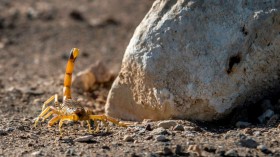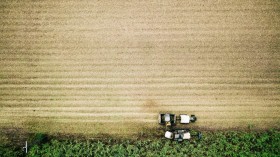A new Australian study has shown how bacteria colonize and form biofilms on surfaces of medical devices. Researchers say that the study findings will help make implantable medical devices safer.
These biofilms are ridiculously hard to break and offer refuge to bacterial colonies when they are attacked by antibiotics or the immune system. The ability of bacteria to form a biofilm helps them survive under harsh conditions. These biofilms are why certain infections keep recurring around the implanted medical devices even after prolonged treatment.
A research team led by Professor Cynthia Whitchurch from University of Technology Sydney looked at how bacteria form colonies on medical devices. The study focused on the bacteria Pseudomonas aeruginosa, a pathogen that causes lung infections. The bacteria grow on catheters inserted in the body. The study found how bacterial cells move and expand to create the intricate network of a biofilm.
"This research reveals how co-ordination between individual bacteria can lead to complex group behavior to enable biofilm expansion on a surface" said Associate Professor Whitchurch.
Researchers found that groups of bacteria construct and move along a long, narrow trench just like a furrow. Also, extra-cellular DNA in the bacteria acts as a "rope" that guides the formation of the biofilm and organizes traffic flow along the "furrows."
Groups of bacterial cells moved efficiently along these furrows to expand the bioflm. Once the colony expanded, eDNA acted as glue to keep the bacterial cells together.
Previously, experts at The University of Nottingham had claimed that they have developed a kind of material that is resistant to bacteria, making it a good substance for use in medical devices.
The study is published in the journal Proceedings of the National Academy of Sciences USA (PNAS).
© 2024 NatureWorldNews.com All rights reserved. Do not reproduce without permission.

![Bison Herd Consisting of 170 Reintroduced Individuals in Romania Could Store Carbon Emissions Equivalent to 43,000 Cars [Study]](https://1471793142.rsc.cdn77.org/data/thumbs/full/70533/280/157/50/40/bison-herd-consisting-of-170-reintroduced-individuals-in-romania-could-store-carbon-emissions-equivalent-to-43-000-cars-study.jpg)



